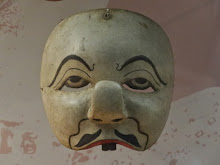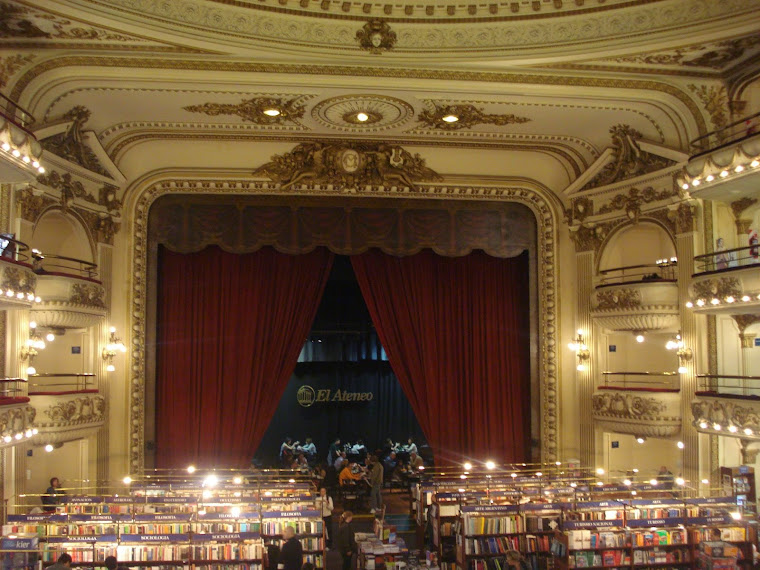

LATIN AMERICAN THEATRE REVIEW SPRING 2014
Book Reviews
Cena, Corpo e Dramaturgia: entre tradição e contemporaneidade. Antonia Pe-
reira, Marta Isaacson e Walter Lima Torres, org. Rio de Janeiro: Pão e Rosas,
2012: 208 pp.
Cena, Corpo e Dramaturgia: entre tradição e contemporaneidade collects
articles, essays, and interviews by Brazilian and international performing arts scholars
and practitioners. The anthology is the outcome of the year-long “Projeto Intercultural:
Estudos da Cena, da Dramaturgia e do Movimento entre Tradição e Contemporanei-
dade,” which hosted talks, panels, and performances at Universidade Federal da Bahia
(UFBA), Universidade Federal do Paraná (UFPR), and Universidade Federal do Rio
Grande do Sul (UFRGS) in 2010-11. Cena, Corpo e Dramaturgia’s accompanying
DVD contains excerpts of director Antonia Pereira’s Trilogia Memórias, as well as
testimonies by the three productions’ actors and spectators.
Cena, Corpo e Dramaturgia considers dramaturgical strategies in a range
of dance, theatre, and performative events—in a clear reference to Hans-Thies
Lehmann’s seminal study, this publication’s organizers claim that this pursuit is most
necessary even if many see contemporary performance as “predominantly Postdra-
matic” (14). Articles and interviews are organized in three sections: the first discusses
experiments with technology and media, the next examines the body and movement
onstage, and the last one is dedicated to the dynamic connection between memory,
history, and narrative in artistic creation. Of particular interest are the contributions
of Brazilian scholars, since the articles authored by their international counterparts
were published previously in languages other than Portuguese.
In the first section, Ivani Santana comments on existing difficulties in dis-
seminating findings in dance studies and introduces the accomplishments of Mapa
D2, a virtual platform that supports collaboration between Portuguese and Spanish-
speaking scholars and practitioners across Latin America and Europe. Santana’s
argument primarily draws from the cognitive sciences and semiotics. Jaqueline Pinzon explores the use of virtual images in theatre. Her case studies are the productions
of Isadora. Orb and Ridículo. Pinzon argues that while the former integrates actors
and projections, the latter makes the production’s technological equipment visible
to dissociate the two. Marta Isaacson’s essay on intermediality offers a historical
perspective on the use of media in theatrical performances from the late XIX century
on. Under the subheading “Technological Poetics,” Isaacson proposes four main
kinds of interaction between real bodies and virtual images on the theatrical stage:
these may aim at creating a synthetic or hybrid picture, amplifying the body/object
for spectators, establishing a dialogic relationship with each other, or play up the
inherent frictions between real and virtual.
In the section on the body and movement, Cristiane Wosniak looks at
dance performances on the Web. By linking dramaturgy, technology, and the
performer’s body to bring attention to new directions in choreography and dance
studies, Wosniak’s argument explains how cyber imagination comes to render the
body immaterial. This section of the anthology also counts on a text in which artists
Cintia Bruck Kunifas and Mônica Infante detail their conceptual approach to devi-
sing choreography.
The book’s final part, “Dramaturgia: memória e narrativa,” combines the
writings of scholars, artists, and artist-scholars. As they discuss the use of cultural
traditions, national history, and Greek mythology in Trilogia Memórias’ multiple
narrative threads, Antonia Pereira and Karina de Faria ably discuss their creative
processes from a theoretical perspective. Walter Lima Torres’s insightful interviews
with vocal coach Mônica Montenegro and playwright Samir Yazbek illuminate the
work of two important Brazilian practitioners. Thales Branche Paes de Mendonça
analyzes the actions of masked participants in Paraná’s traditional religious celebration
Marujada de São Benedito de Quatipuru from a carnivalesque perspective. The role
of carnival in Brazilian culture is also the focus of Célia Arns de Miranda’s “Otelo da
Mangueira: Shakespeare no carnival carioca.” She focuses on Gustavo Gasparani’s
musical adaptation of Othello, which brings the story to 1940 and places the moor
at a samba school in Rio de Janeiro’s favela da Mangueira. Walter Lima Torres’ “O
Direito ao Teatro” is a valuable examination of how current cultural policies and
funding agencies shape spectatorship in the country. Lima Torres argues that gover-
nmental institutions should support the production of Brazilian plays so that these
remain available to the next generation of theatre audiences.
By bringing visibility to various argument and experiences, Cena, Corpo e
Dramaturgia: entre tradição e contemporaneidade proves to be an important volume
for those interested in understanding Brazilian contemporary dance, performance,
and theatre through the perspectives of that nation’s artists and scholars.
Cláudia Tatinge Nascimento
Wesleyan University













































































